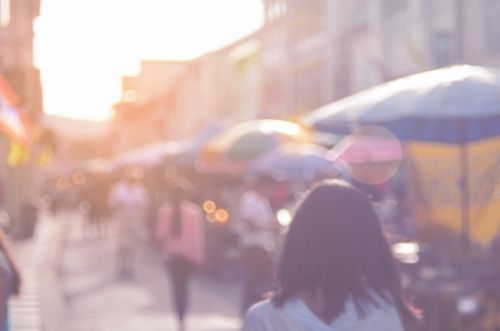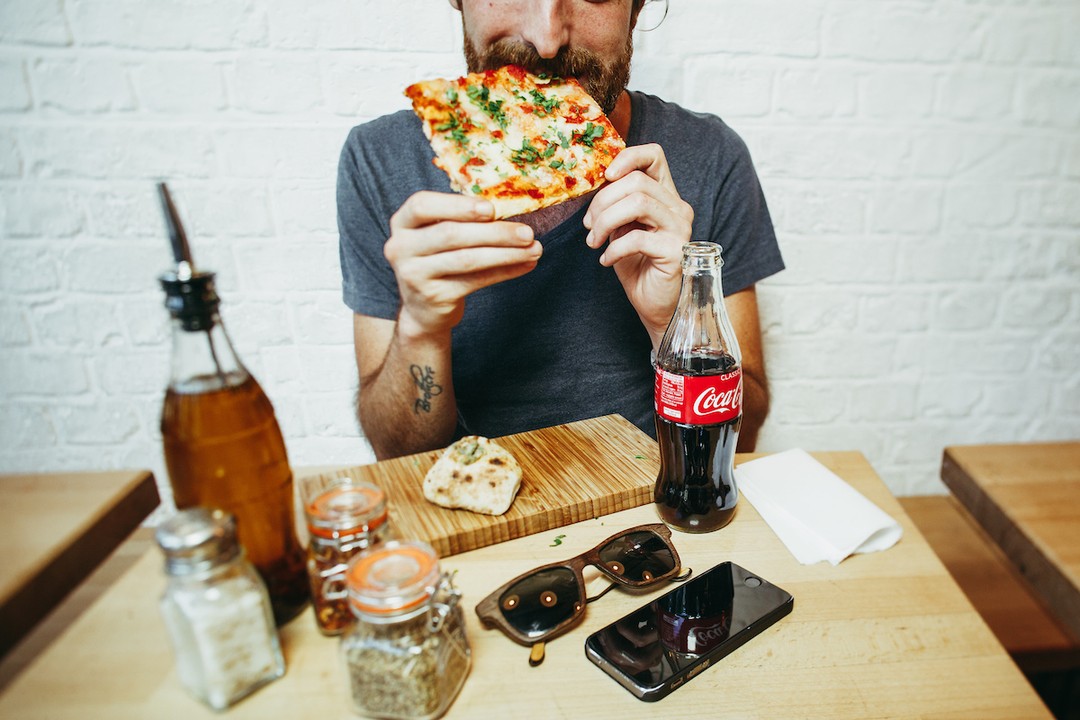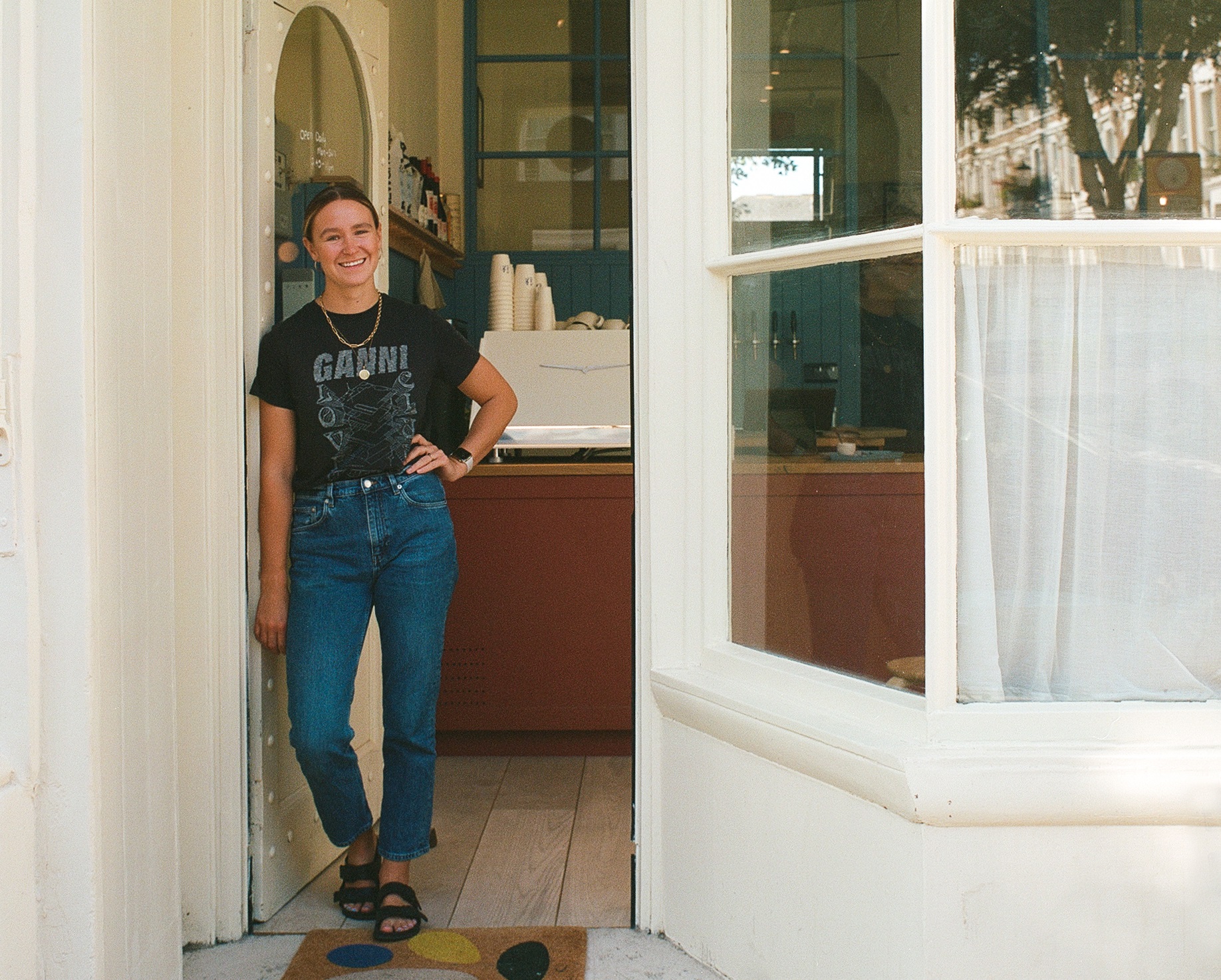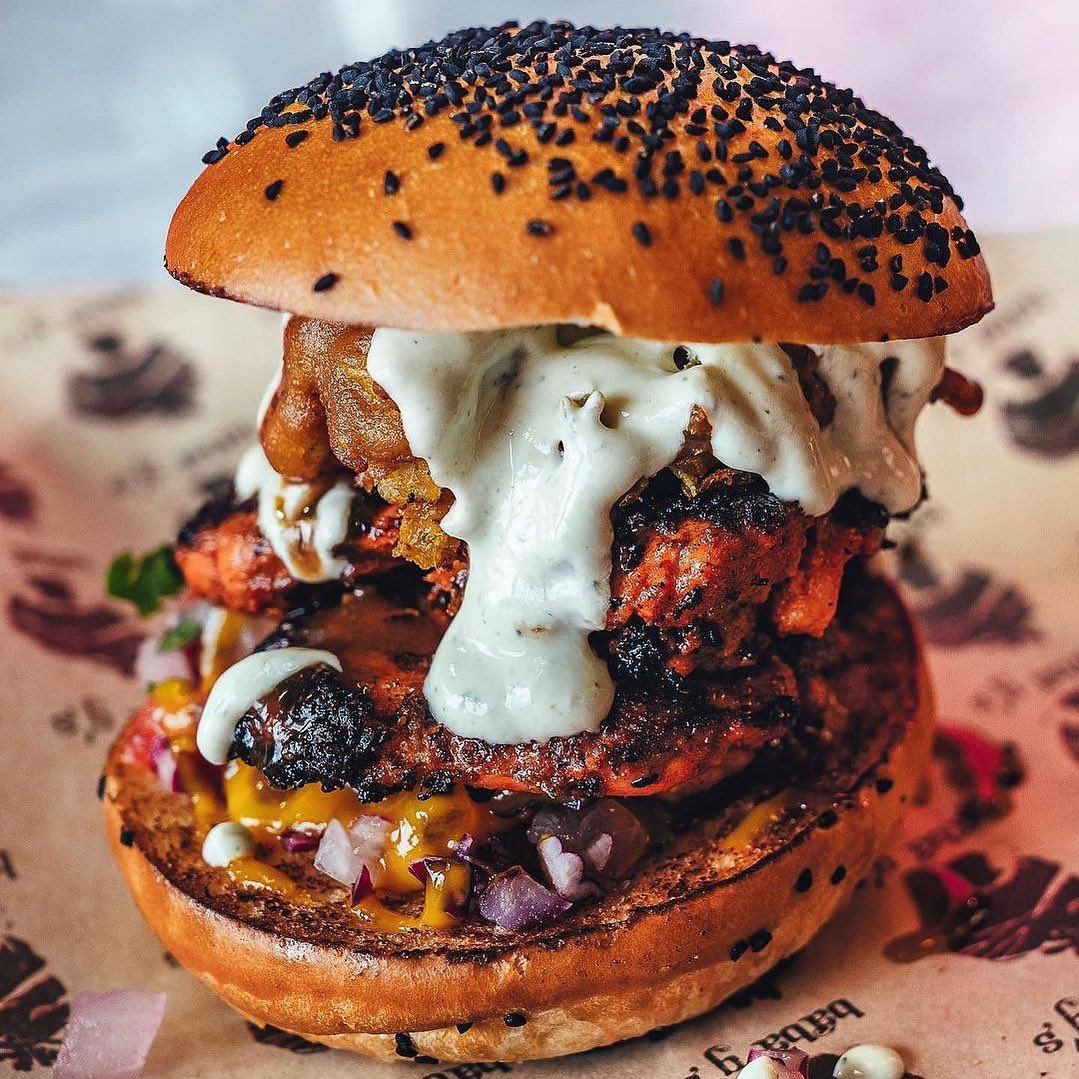What comes to mind at the mention of chocolate? Is it a box of praline-filled, bite-sized treats, or a large milk chocolate bar? Perhaps it’s a decadent cake layered with icing, or maybe – in this heat – it’s chocolate ice cream.
In any case, we’re willing to bet your first thought isn’t of a bitter, spicy drink. But did you know that for some 90% of its history, that’s exactly what chocolate was?
Chocolate’s near-four millennia-long history began in ancient Mesoamerica, or present-day southern Mexico. It’s believed that one of the earliest civilisations in Latin America, the Olmec, was the first to adopt the cacao plant into their diet. At the time, cacao beans were used primarily for medicine and as part of some religious rituals. Many ancient Mesoamericans also prized the chocolate drink for its energy-boosting and aphrodisiac properties.
Centuries later, the Central American Mayans would still use cacao in ceremonies, specifically within a brew made with roasted and ground cacao seeds, water, cornmeal, chillies, and sometimes honey. The mixture would then be poured between pots until the beverage became thick and frothy: the Mayans called it xocolatl, or “drink of the Gods”. Despite its religious importance, however, chocolate was not reserved only for the wealthy and powerful; rather it was readily available to virtually everyone and would be consumed during celebrations, when sealing important transactions, or with a meal at home.
As people of the Aztec empire travelled the continent in the 15th century, they too grew to value cacao. Though they could not grow it themselves amidst the dry and mountainous landscapes of central Mexico, they would trade with the Mayans for the beans. They even used the beans as currency, of a value comparable to – if not greater than – gold. As such, Aztec chocolate was mostly an upper-class extravagance, though the lower classes would partake in the drink at weddings or other significant celebrations.
So, chocolate began its story in ancient Mexico; it wasn’t until the 16th century that cacao would start making its way to the rest of the world. The first stop? Spain. How did it get there, and when? That’s where accounts vary.
The most popular – and likely – story has it that chocolate made its way to Europe thanks to the Spanish conquistador Hernán Cortés, who brought cacao seeds back to his homeland in 1528, after being granted a cup of cocoa by the Aztecs’ number one chocolate fan, Montezuma II (written accounts by Cortés’ crew report the emperor drank some 50 jars of the cocoa each day).
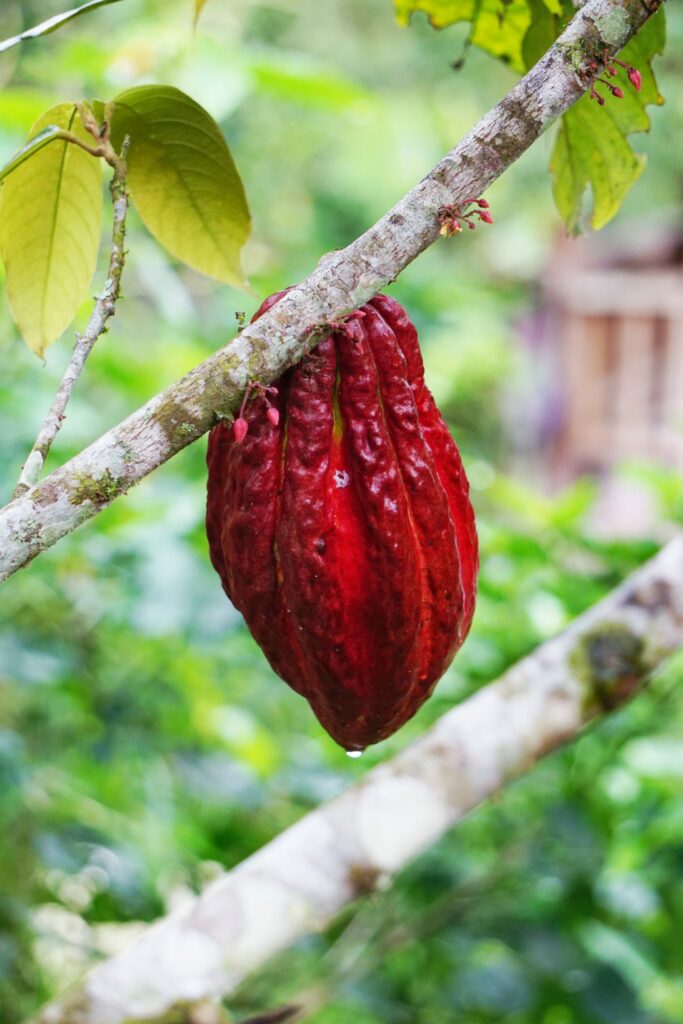
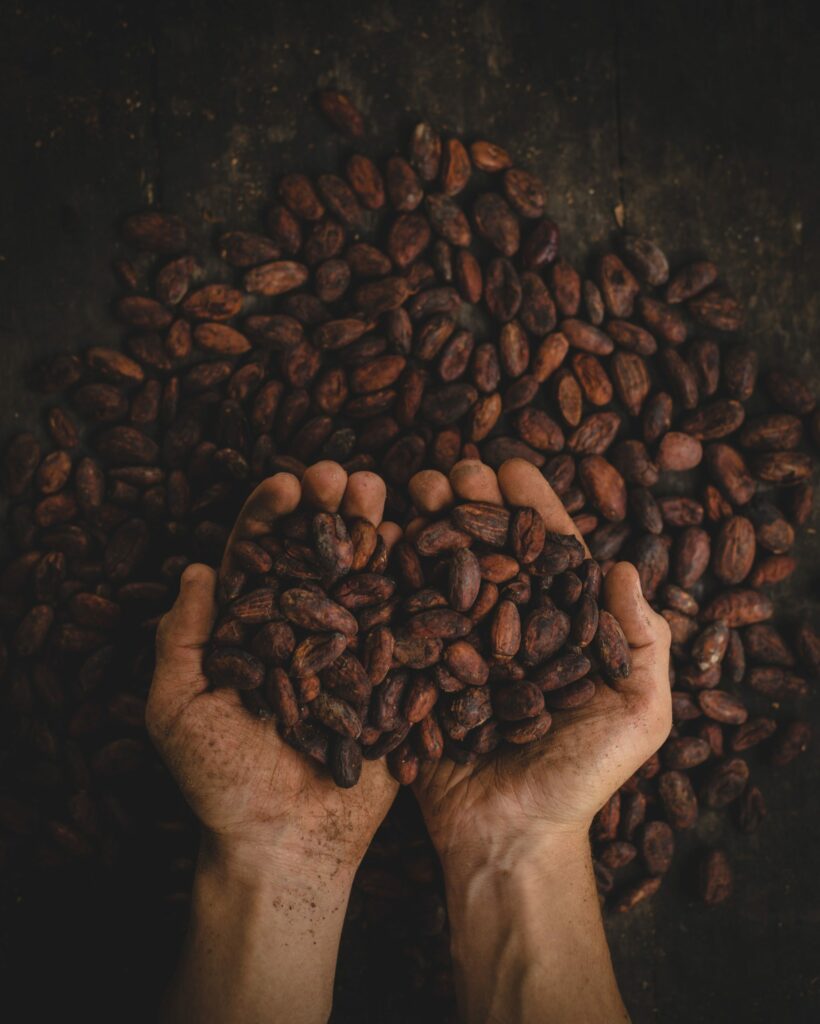
Another story states that Christopher Columbus discovered cacao beans after intercepting a trade ship and brought back the beans with him in 1502. Yet a third account claims that Spanish friars who presented Guatemalan Mayans to King Philip II of Spain in 1544 also brought cacao beans as a gift for their monarch.
In any case, whether it was conquistadors or friars (or likely, both) who brought chocolate across the Atlantic, chocolate had by the late 16th century become a much-loved luxury within the Spanish court – although, the Spanish found the cacao beverage to be too bitter, so would add sugar, cinnamon, and other common spices to it, creating a mixture that had more in common with present-day chocolate than the Mesoamericans’ drink. Even with its newfound popularity, it would be close to a century before chocolate reached neighbouring France, then the rest of the continent.
Once that happened, the sweet chocolate drink was a staple of all European royal courts and aristocracies. To keep up with demand, many of these nations would set up cacao plantations throughout their equatorial colonies, to be worked by slaves. For many years, chocolate would remain the exclusive pleasure of the upper classes, until the 1828 invention of the chocolate press revolutionised its production. Only then would chocolate become accessible to all societal sectors, and not just in drink form!
The cocoa powder that could be obtained once the fatty butter was squeezed from the beans would be mixed with liquids, sugar and other sweetening agents, and then poured into moulds and cooled to make chocolate bars. By the late 1800s, the modern age of chocolate was born and the rest, as they say, is history.
If you like learning about the history of your favourite foods and dishes, then give Hawkker a follow or sign up for our newsletter!

